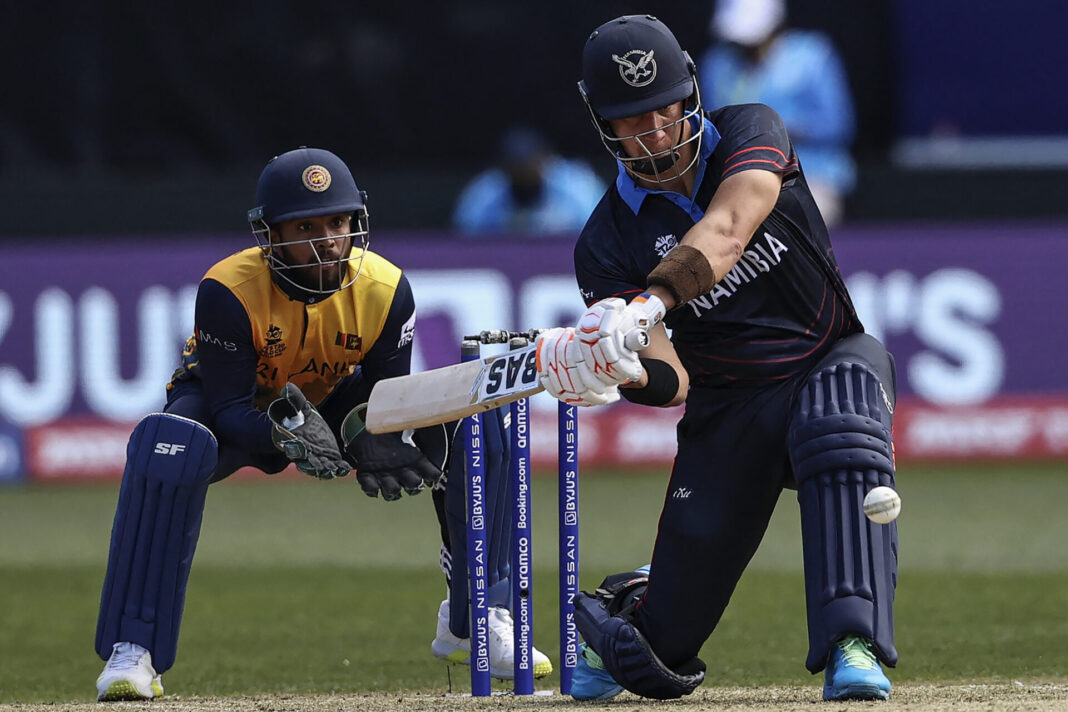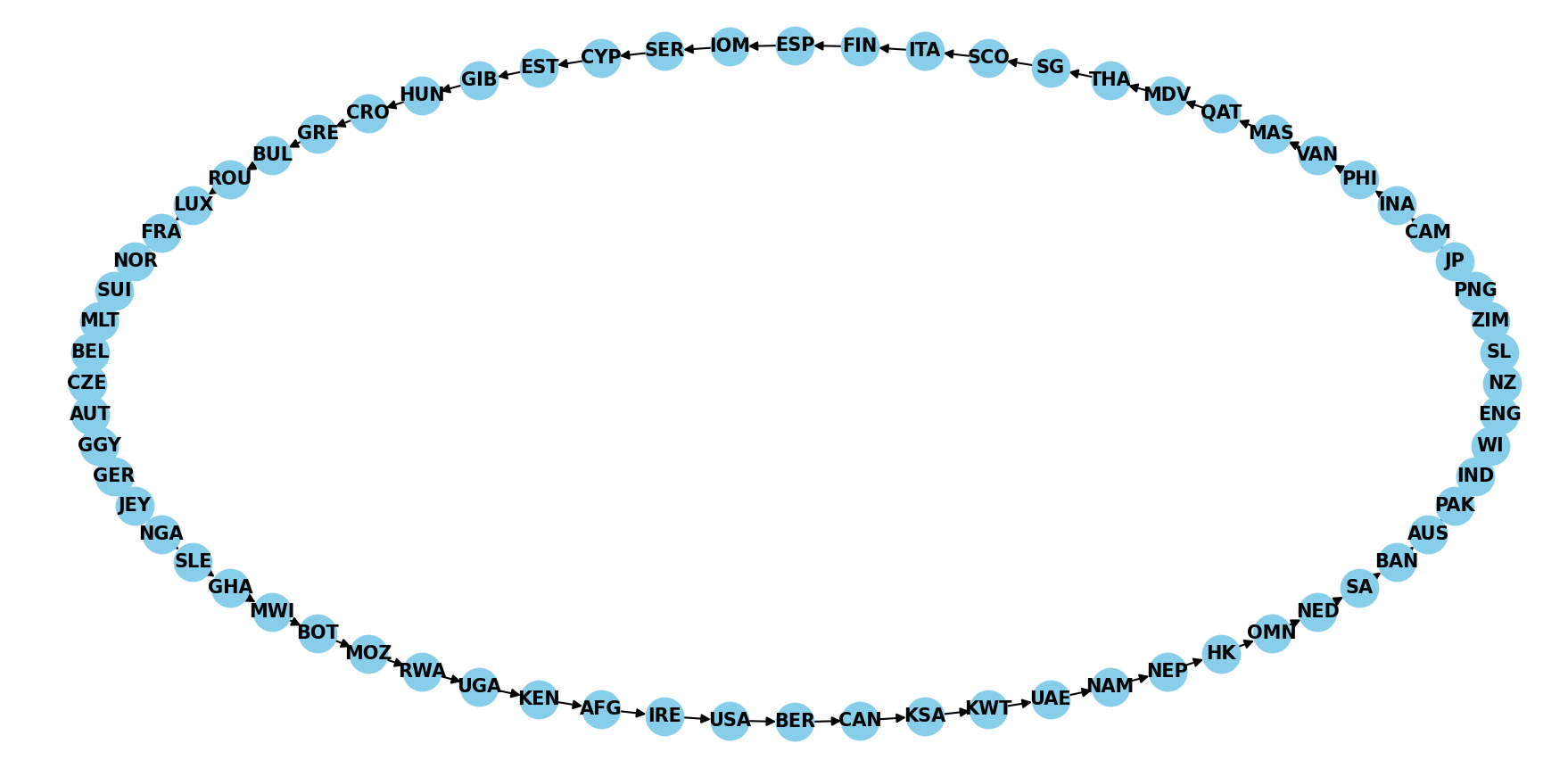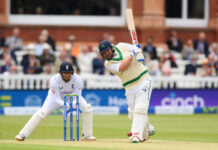
By Sankalp Jha as part of EC Voice.
If there is one thing about how the cricketing world functions that even casual viewers of the game figure out, it is that the cricketing world is not a particularly egalitarian space.
The way the body that oversees the global game goes about its business is pretty much testament to the fact. Under duress, as a body to serve its Members, it allocates nearly seven-eighths of its funds to 12 of its 108 members, with a large chunk of that going to a single member (guess who).
It (nearly) reserves the right to vote in ICC meetings to the 12 Full Members, only providing the other 96 members a nominal voting right with three Associate representatives at ICC meetings. This is unparalleled in global sport, where “Associate Members” and hence excluded from decision making as well as access to funds. Apart from that, the format that is touted to be the “pinnacle” of the sport is limited to the same 12 Full Members.
Notwithstanding the vast gulf in funds and the Associate nations’ inability to participate in ICC’s decision making, there is something that provides them a more level playing field. A format that acts a great leveler. A format that at least accords them a semblance of respect. Ever since ICC provided T20I status to all its members, there has been a proliferation of the format. Each game is accorded the same status in record books.
Unlike ODI status and more than that Test status, T20I status is not seen as a prerogative that should be available to a select few. Of course, there are critics who are irked by the fact that a lot of T20I records have been broken in the last few years (due to an unprecedented increase in the number of matches, largely among Associate Members). They argue that the “dilution” of records actually points to the vast gulf in quality. However, the truth is that burgeoning competitiveness has been a hallmark of emerging cricket in the past few years.
To gauge how competitive teams have been in a particular season, some (mainly American) sporting leagues use the Circle of Parity or colloquially referred to as the Circle of Suck (Hamiltonian Cycle in CS parlance), in which every team has beaten its adjacent team until we reach a full circle and end up with the team that we started with. It helps us gauge the level of parity among teams.
Now of course, we cannot come up with a circle of parity vis-à-vis T20i cricket as a whole, because not every Associate team is as competitive as teams in leagues such as the Premier League or NFL for instance. However, to gauge the level of parity, we can find some of the largest possible cycles in which parity exists. Using publicly available data from ESPNcricinfo, inbuilt webscraping modules in Python and some basic knowledge of data structures and algorithms, we can easily generate some of the largest possible circle of parity diagrams for T20I cricket.
Using ESPNcricinfo’s results summary data categorized by opposition to find every pair of teams (team 1, team 2) in which team 1 had beaten team 2. Having stored the data in a directed graph, I used the DFS algorithm to find the largest possible cycle. The results were astonishing. Out of the 102 teams that have played T20I cricket, the largest parity circles include nearly 60 to 70 teams. We have a myriad of sides right from the top ranked full members to the crème-la-crème of Associate cricket to the nations you would simply not associate with cricket. These including Sierra Leone, Luxembourg, Malta, the 82nd ranked Maldives and the 91st ranked Greece.
As the somewhat hackneyed expression goes, anyone can beat anyone “on their day” in T20 cricket. However, people would generally think that it would be limited to full members and top associate members. It is also pertinent to mention that most teams in the parity circle made their T20I debut after 2019, which is when ICC decided to open up T20I cricket to all its members.
CIRCLES OF PARITY FOR T20I CRICKET
Of course, there is always the danger of reading too much into it. There simply hasn’t been any cricket between Full Members and many of the teams in the list to conclusively state if they would be capable of beating full members on “their day”.
In all probability, many of these teams may be trounced by Full Members and top ranked Associates. We have certainly seen some lopsided matches among Associate teams at different levels as proof of the above. However, that is beyond the point. If we have seen lopsided contests, we have also seen top full members lose to top ranked Associate sides who have then gone on to lose to the lower-ranked Associate sides. For instance, UAE lost to Bahrain just within a month of winning a game against New Zealand last year. They also failed to secure a spot in the expanded 20-team world cup, losing to Nepal in the qualifiers within a couple of months of beating last world cup’s semi-finalists New Zealand.
While top Associates like UAE have the public eye, the simple fact that teams like Philippines, Vanuatu, Sierra Leone and Maldives have scored transitive wins against the likes of India is quite telling. And while the circle of parity may be a bit of a misnomer (because parity among teams doesn’t really exist), T20I cricket does act as a great leveler, bridging the gap among teams and providing the game of cricket a chance to become a truly global sport.
Fans can submit stories, news tips and comments at emergingcricket@gmail.com
In the unequal world of cricket, it at least gives Associate nations a semblance of egalitarianism.
You’re reading Emerging Cricket — brought to you by a passionate group of volunteers with a vision for cricket to be a truly global sport, and a mission to inspire passion to grow the game.
Be sure to check out our homepage for all the latest news, please subscribe for regular updates, and follow EC on Twitter, Facebook, LinkedIn and YouTube.
Don’t know where to start? Check out our features list, country profiles, and subscribe to our podcast. Support us from US$2 a month — and get exclusive benefits, by becoming an EC Patron.









